The Monarchy is Losing its Core Supporters
The Platinum Jubilee approaches, yet Peter Hitchens writes that, “I have just stopped supporting the monarchy. I can’t do it any more. I am not a republican, or anything silly like that. I would like a proper monarchy. But the House of Windsor’s total mass conversion to Green orthodoxy has destroyed the case for this particular Royal Family. The whole point of the Crown is that it does not take sides in politics.” Quite apart from what other political opinions he could possibly have expected West London toffs to hold, the political neutrality of the monarchy is like the impartiality of the BBC. When, exactly, has there ever been any such thing?
The monarchy retains the loyalty of many on the right, but it is a mystery how this is so. Either the Queen or her equally revered father has signed off on every nationalisation, every aspect of the Welfare State, every retreat from Empire, every loosening of Commonwealth ties, every social liberalisation, every constitutional change, and every EU treaty. If they could not have done otherwise, then why bother having a monarchy? What is it for? Many supported public ownership and the Welfare State, decolonisation, social liberalisation and constitutional change a cause for joy, but many more found these things cause for horror. Public opinion on the changes over which the monarchy has presided over the last century is besides the point, however. The point is that the monarchy has failed at its own avowed mission.
Is it not the job of a monarch, if not to acquire territory and subjects, then at least to hold onto them? If so, then George VI was by far the worst ever British monarch, and quite possibly the worst monarch that the world has ever seen. Furthermore, is it not the job of the British monarch to maintain Protestant society and culture in the United Kingdom? If so, then no predecessor has ever begun to approach the abject failure of Elizabeth II, a failure so complete that no successor will ever be able to equal it.
For all her undoubted personal piety, the cult of the present Queen among Evangelical Protestants and among those who cleave to a more-or-less 1950s vision of Anglicanism, Presbyterianism or Methodism, is utterly baffling. What has either the monarchy or the Queen ever done for them? During the present reign, Britain has become one of the world’s most secular countries ever, and the White British have become one of history’s most secular ethnic groups – a trend that has been even more marked among those with Protestant backgrounds than it has been among Catholics.
This has implications for the Windrush debate, and with eight Commonwealth Realms in or on the Caribbean, a fat lot of good being the Queen’s loyal subject has done anyone there. Barbados, proportionately the most Anglican country in the world, has just become a republic. It also has implications for aspects of the debate around Brexit. If you wanted to preserve and restore a Christian culture in this country, then one idea could be to welcome immigrants from Christian countries.
On balance, it would not be wise to abolish the monarchy. We would no more likely get President Hitchens than President Corbyn. It would be a choice between the next Bullingdon Club member in line and someone who had casually given a trifling £50,000 to the most recently successful candidate for the Leadership of the Labour Party. No one else would even make it onto the ballot paper, and it would not be acceptable to have either as Head of State. Nor would it make sense to abolish the Royal Prerogative, either. Rather, it should be exercised by a Prime Minister who aspires to strengthen families and communities through economic equality and international peace.
But the monarchy, and with it the exercise of the Royal Prerogative by persons who most certainly did not share those aspirations, does not depend on the support of the public. It depends on the support of people who, as long as the monarchy and especially the present Queen were simply there, are prepared to overlook the fact that hardly anything that they really want ever happens while all sorts of things that they do not want continue to happen, no matter who is in government.
Add to that the fact that the Order of the Garter is entirely in the gift of the monarch. There is no Ministerial involvement. The Queen alone has chosen to confer it on Tony Blair – an almost unforgivable betrayal. Moreover, whatever Prince Andrew may or may not have done, he undeniably chose to move in the circles of Jeffrey Epstein, of Robert Maxwell’s daughter, of Peter Mandelson, and of the Clintons. It is the Anglo-American liberal elite, certain sections of the Labour and Democratic Parties that are the Royal Family’s sort of people, even if they don’t align with left wing politics publicly. Culturally, no one is more Tory than a liberal Tory; politically no one is more liberal. The people on whose support the monarchy has traditionally depended have chosen to ignore the fact that that was what their heroes must have been, and openly were. But if Hitchens’s column and the reaction to Blair’s Garter are anything to go by, then that is coming to a sore end.

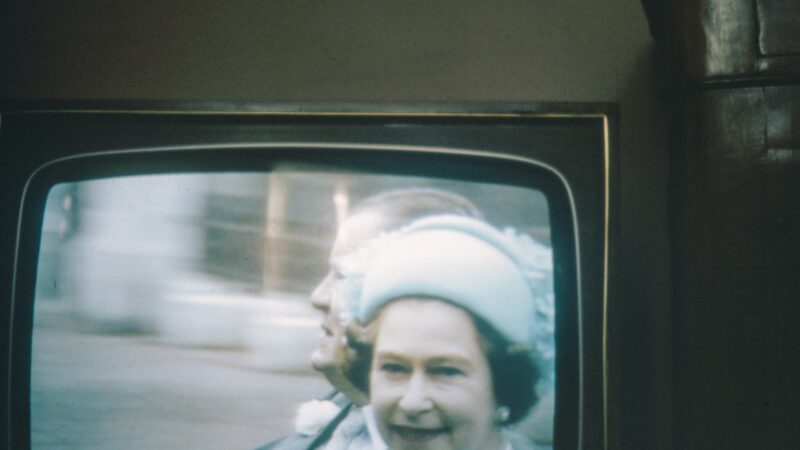
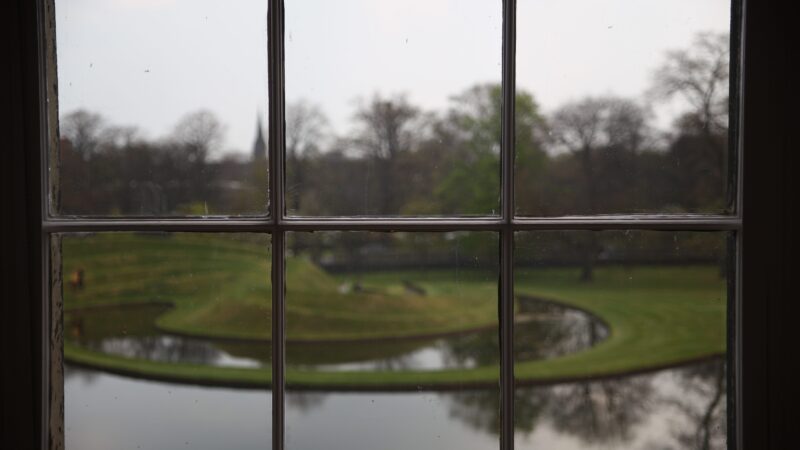


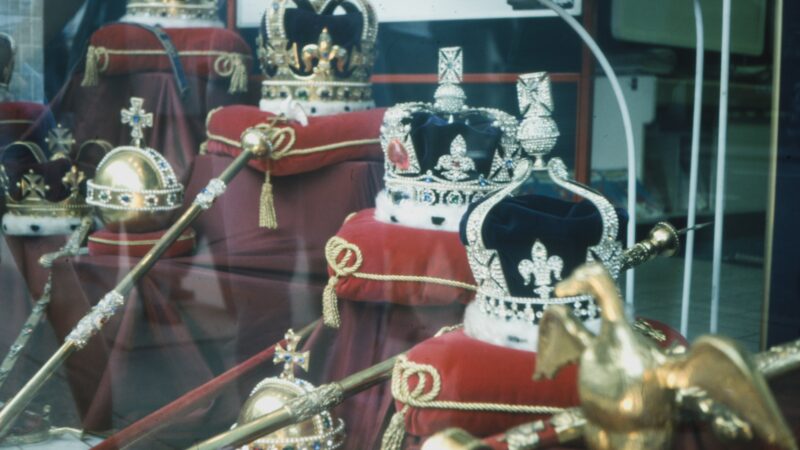


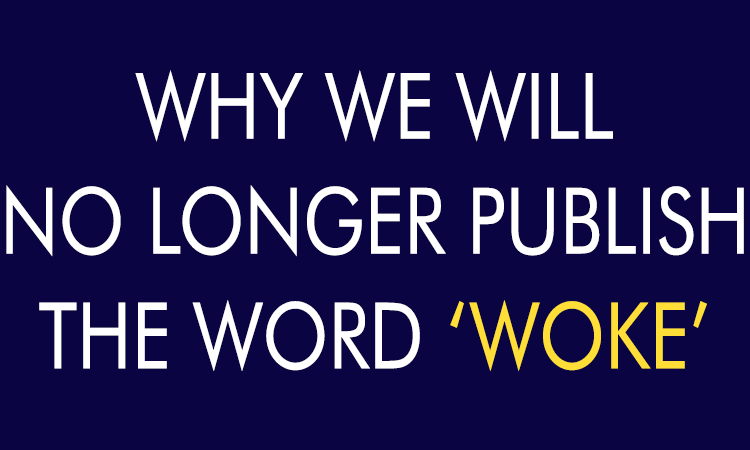
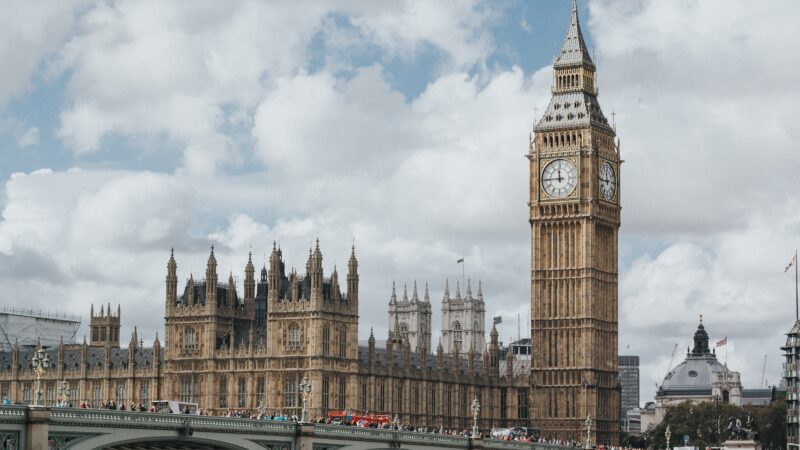
Why Britain’s counter-extremism policy is not working
Last year marked 20 years since 9/11, making it an appropriate time to review and reflect on Britain’s counter-terrorism policy. The beginning of the 21st century saw the issue of terrorism and Islamic extremism become increasingly salient. Britain’s counter-terrorism officials claim that most of the country’s terror threats come from British-born extremists. The government has therefore introduced counter-extremism strategies, which seek to: stop terrorist attacks; stop radicalisation; strengthen protection for potential targets of terrorism, and ensure that there is a plan of action if an attack does occur.
The most well-known of these is The Prevent program, which aims to achieve the second of these objectives. Prevent requires that individuals perform their “civic duty” reporting individuals suspected of extremism to the local police. A Prevent committee subsequently decides whether the person should be referred to the programme, but participation is voluntary. Despite some successes, several reports highlight that Prevent has been ineffective.
Prevent is often rendered ineffectual because institutions are reluctant to intervene, and some student groups actively dispute counter-extremism measures. For instance, the National Union of Students has pledged to oppose counter-radicalisation work. The actions of these groups should be given greater attention by counter-terror policy makers and enforcers.
Sadly, there is more to the issue of extremism on British campuses. Over 30% of individuals involved in Islamist terrorism in Britain went to university in the UK, and there is strong evidence that some of them were radicalised during their studies. According to security sources, Kafeel Ahmed, the 2007 Glasgow airport suicide attacker, Ahmed Omar Saeed Sheikh, mastermind of the 2002 murder of Daniel Pearl and Omar Sharif, the 2003 Tel Aviv suicide attacker, were radicalised at university.
Students are therefore being exposed to an intolerant and sometimes violent interpretation of Islam. Extremist speakers are being welcomed on campuses and presented as mainstream representatives of Islam. For instance, speakers at UCL have included Abu Usama adh Dhahabee, an advocate for armed jihad who believes that apostasy and homosexuality are punishable by death, Abdur Raheem Green, who has defended domestic violence and Haitham al-Haddad, an open Hamas supporter.
Concerningly, there is evidence of discriminatory practices by some university Islamic Societies (ISOCs), such as mandatory gender segregation and sexist behaviour. Yet, these same student groups often label counter-extremism measures as “racist”, an accusation lacking hard evidence.
The underperformance of Prevent, in educational institutions, is exemplified by the infamous case of the Bethnal Green schoolgirls who were not identified as vulnerable to radicalisation. On top of this, when one of the girls was killed by an airstrike in 2016, the Labour MP Rushanara Ali called for a “full review of Prevent”, expressing concerns, not over the failure to halt radicalisation but the risk of stigmatisation of young Muslims. The risk of stigmatisation is a very real one, but is must not detract from the need to identify those responsible for, and vulnerable to radicalisation.
Douglas Murray argues the question of responsibility for radicalisation of young people is often ignored, partially due to the policies pursued by British governments since the 1970s – chiefly a lack of focus on integration. A lack of government focus in this area has led to fragmentation in our society through the creation of “parallel communities” that rarely interact with each other. This reinforces ‘a narrative of difference’ whereby minorities become solely defined by their ethnicity and religion and become viewed as homogenous units by the wider British population. In this context, some young British Muslims are recruited by radical Islamic groups where they seek to find a sense of identity and belonging.
Extremist figures often gain legitimacy through their ties to local organisations even becoming self-appointed community leaders, who often to not genuinely represent the voice of their community. Despite this, local authorities often communicate with minority communities via these gateway individuals, increasing the risk that authorities gain a distorted view of these communities which impedes efforts to promote and enforce counter-extremism measures.
The dangers of the closed nature of some communities and allowing “cultural sensitivity” fears to dominate is shown through the lack of investigation into cases of human rights abuse like female genital mutilation (FGM). Whilst FGM was criminalised in the UK in 1985, there were no convictions of FGM until 2017, although cases of FGM had been known. More shocking was the 2014 Rotherham Child Sexual Exploitation scandal where more than 1400 girls had been abused, threatened and raped between 1997 and 2013. Some council and police officials had known about it but felt nervous about highlighting the offenders’ ethnicity in fear of being labelled racist. Given this and the fact that such fringe practices still take place in 21st century Britain illustrates the failure of the government’s counter-extremism policies.
In short, Prevent has been unsuccessful in combating extremism. In higher education, student groups and universities have opposed counter-extremism initiatives, whilst the government has not been robust enough in their enforcement. This has permitted speakers with radical affiliations platforms on campuses and undermined Prevents’ efforts. The emergence of parallel communities has also allowed extremist cultural practices to be carried out. Without reform counter-extremism policies are likely to remain hard to enforce. The government should focus on promoting integration of minority communities, so that such groups can develop a sense of belonging that is not detached from wider British society.
Marina Barats is a Policy Fellow of The Pinsker Centre, a campus-based think tank which facilitates discussion on global affairs and free speech. The views in this article are the author’s own.
Picture Credit